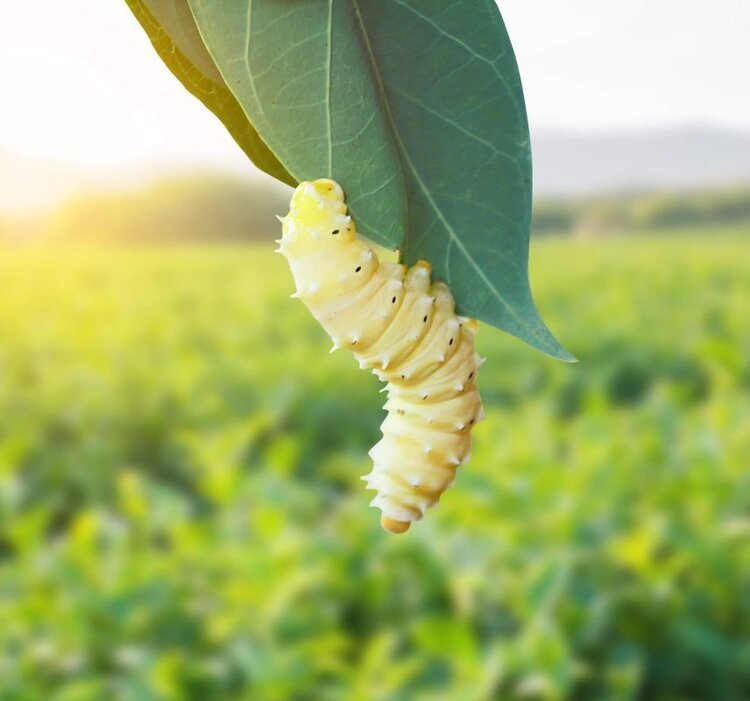Alternatives to silk
Silk is a cruel material, often produced inefficiently and with forced labour.
Unlike silk, the following materials are not based upon needless killing, and pose far less of a risk for human rights violation. Transparent, ethical supply chains can be found for all of these materials.
If you're looking for material innovations still in development, explore our page on silk alternative innovation at CIRCUMFAUNA.
Bamboo lyocell
Similar to Tencel but made from bamboo, this material can be made in a closed-loop production process. Bamboo rayon is not the same, and is not a sustainable production process.
Bamboo is fast-growing and can be harvested without the plant being pulled out of the ground, requiring replantation.
Recycled satin
Satin is mostly made of polyester, which should not be newly produced from fossil fuels. However, there are already plenty of synthetic materials in the world today that won’t biodegrade and can be reused, making recycled satin a good alternative, particularly if it is sourced from within the fashion industry. These materials shouldn’t be machine-washed to prevent microfibre pollution.
Cupro
Cupro is made from cotton linter fibre, the fuzz surrounding cotton seeds. Making use of cotton waste, this material is smooth and biodegradable and a great alternative for brushed silk when sourced responsibly.
Some Cupro is made in a closed-loop system, where nearly 100% of the water and chemicals used in processing is recycled.
Orange fibre silk
Orange fibre silk is a new and upcoming material made from citrus juice byproducts. Because it is a cellulose material made entirely of citrus, it is completely biodegradable.
The fabric is soft, silky and lightweight. It can be blended with other materials, and be opaque or shiny.
Micro-silk
Mimicking the ingenuity of spiders, this new silky material begins as a protein produced through fermentation using yeast, sugar, and water.
The protein is isolated, spun into fibre and made into a material that has the potential to biodegrade.
Want to keep learning?
-

Silk industry
Silk comes from the cocoons of boiled-alive caterpillars. It’s made in an unsustainable system that is often rooted in human exploitation.
-

An industry built on exploitation
Fashion can signify individual expression and has artistic merit, but, it has, since the industrial revolution, relied on exploitation of enslaved people and then wage workers.
-

Alternatives to wool
These materials are far more totally ethical than wool as long as they come from supply chains that are transparent, considered and fair.





